The advent of blockchain technology has sparked a revolution across multiple industries, offering a new paradigm of security, transparency, and efficiency. This groundbreaking technology, best known for underpinning cryptocurrencies like Bitcoin, has far-reaching applications beyond digital currencies. For developers interested in blockchain technology, understanding its nuances and development processes is essential. This guide aims to provide an in-depth understanding of how to develop blockchain, tailored for blockchain developers seeking to innovate and create robust blockchain solutions.
Blockchain Technology
Blockchain is fundamentally a distributed ledger technology (DLT) that records transactions across many computers in such a manner that the registered transactions cannot be altered retroactively. This technology fosters trust, accountability, and transparency across business processes. Trusted sources such as the IEEE and the Blockchain Research Institute provide extensive insights into blockchain fundamentals, emphasizing its decentralized nature, immutability, and consensus-driven mechanisms.
Pre-Development Considerations
Before jumping into blockchain development, it’s crucial to lay the groundwork with thorough planning and consideration. This initial phase will set the stage for a successful project and help avoid common pitfalls that can delay or derail your efforts.
Identifying the Purpose and Scope
The first step in developing a blockchain is to clearly define its purpose. Are you looking to enhance supply chain transparency, facilitate secure transactions, create decentralized applications (dApps), or something else entirely? Establishing a clear objective will guide the entire development process, ensuring that your efforts are aligned with your end goals. Additionally, consider the scope of your project. Will it be a private blockchain intended for a specific organization or a public blockchain accessible to anyone? Understanding the use case and target audience is crucial for making informed decisions.
Choosing the Right Blockchain Platform
Selecting an appropriate blockchain platform is pivotal. Platforms like Ethereum, Hyperledger Fabric, and Corda serve different needs and come with their own sets of features. Ethereum, for instance, is renowned for its robust smart contracts functionality, making it ideal for applications that require complex transactional logic. Hyperledger Fabric, on the other hand, is designed for enterprise solutions and offers modular architecture, which allows for customized use cases. Corda focuses on business and financial applications, offering strong privacy and security features. Evaluating these platforms based on scalability, security, and community support will help in making an informed choice.
Regulatory and Compliance Issues
Developers must also consider legal frameworks and compliance standards, which vary significantly across regions and industries. Engaging with legal counsel and adhering to regulatory requirements is essential to ensure the viability and legality of your blockchain solution. For instance, financial services applications might need to comply with anti-money laundering (AML) and know-your-customer (KYC) regulations. Healthcare-related blockchain projects must adhere to data protection laws such as HIPAA in the United States or GDPR in the European Union. Ignoring these legal aspects can lead to severe penalties and jeopardize the entire project. Conducting a thorough legal review and staying updated on regulatory changes will help in navigating this complex landscape.
The Development Process
Developing a blockchain involves several key steps, each requiring careful attention to detail.
Designing the Blockchain Architecture
Consensus Mechanism
The consensus mechanism is a core component of blockchain technology, ensuring all transactions are verified and agreed upon by all parties. Popular mechanisms include Proof of Work (PoW) and Proof of Stake (PoS), each with its own advantages and use cases.
Network Nodes
Deciding on the network structure is another critical step. Will your blockchain be public, private, or consortium-based? This decision impacts the network’s transparency, security, and governance.
Block Structure
The design of the block structure, including the size and composition of blocks, is fundamental to the blockchain’s operation. This structure determines how data is stored and accessed on the blockchain.
Setting Up the Development Environment
Preparing the development environment with the necessary tools and frameworks is essential for a smooth development process. This includes configuring IDEs, selecting programming languages, and setting up version control.
Building the Blockchain Solution
Coding Smart Contracts
Smart contracts automate transactions and agreements, executing predefined conditions. Solidity is a popular language for coding smart contracts on the Ethereum platform.
Developing the Frontend and Backend
Creating user-friendly interfaces and robust backend systems is crucial for the adoption and functionality of your blockchain application. Technologies such as React or Angular for the frontend and Node.js for the backend are commonly used.
Testing and Deployment
Thorough testing is vital for ensuring the functionality, security, and stability of your blockchain. This includes unit testing, integration testing, and end-to-end testing. Once your blockchain solution is thoroughly tested, it can be deployed to a production environment.
Testing Protocols and Scenarios
Thorough testing is crucial to identify and rectify any vulnerabilities or bugs. This includes unit testing, integration testing, and stress testing under various scenarios.
Deployment Strategies
Deploying a blockchain solution requires careful planning, considering aspects such as network initialization, node deployment, and smart contract migration. Cloud services offer scalable and efficient deployment options.
Post-Deployment Considerations
Once your blockchain solution is deployed, it’s crucial to monitor and maintain it to ensure its continued success. This includes regular updates, bug fixes, and security patches.
Maintenance and Updates
Ongoing maintenance is necessary to address any issues, update features, and ensure the blockchain operates smoothly over time.
Scaling the Blockchain
As the blockchain network grows, scaling solutions such as sharding or layer-2 solutions may be required to maintain performance and reduce transaction costs.
Challenges in Blockchain Development
Security Concerns
Security is a paramount concern in blockchain development, necessitating rigorous testing and security audits to safeguard against attacks and vulnerabilities.
Interoperability
Developing systems that can interact with other blockchains remains a challenge, yet it’s crucial for widespread adoption and functionality.
Performance and Scalability
Ensuring the blockchain can handle high transaction volumes without compromising speed or costing exorbitant fees is an ongoing challenge in development.
Conclusion
Blockchain development offers an array of possibilities for creating secure, transparent, and efficient systems. By comprehending the technology’s fundamentals, meticulously planning the development process, and proactively addressing challenges, developers can lay the groundwork for innovative blockchain solutions poised to transform industries for years to come. Staying consistently informed about the latest developments and advancements in blockchain technology is crucial for success in this ever-evolving landscape. Therefore, it is imperative to continuously learn and adapt as the industry progresses. With a strategic approach and support from a robust community of developers, the potential for blockchain development is boundless. Do not hesitate to explore and experiment with various platforms, consensus mechanisms, and use cases to identify the optimal fit for your next blockchain project.
FAQ Section
- What basic knowledge is required to start developing a blockchain?
Understanding programming languages such as Solidity, Java, or Python, as well as fundamentals of cryptography and distributed systems, is essential.
- How do you choose the appropriate consensus mechanism for your blockchain?
Consider factors such as network size, transaction speed requirements, and security needs to select a consensus mechanism that aligns with your blockchain’s purpose.
- What are the key steps in the blockchain development process?
Key steps include defining the scope, choosing a platform, designing the architecture, setting up the development environment, coding, testing, and deploying the solution.
- How are smart contracts coded and deployed in a blockchain?
Smart contracts are coded using languages like Solidity, tested thoroughly, and then deployed to the blockchain through a transaction submitted to the network.
- What are the biggest challenges faced during blockchain development?
Security, interoperability, and scalability are among the significant challenges developers face when building blockchain solutions.
- How can developers ensure the security of a blockchain network?
Conducting regular security audits, employing best coding practices, and staying updated on the latest security threats and mitigation techniques are vital for maintaining a secure blockchain network.
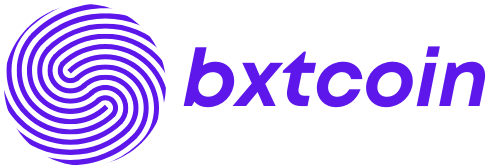

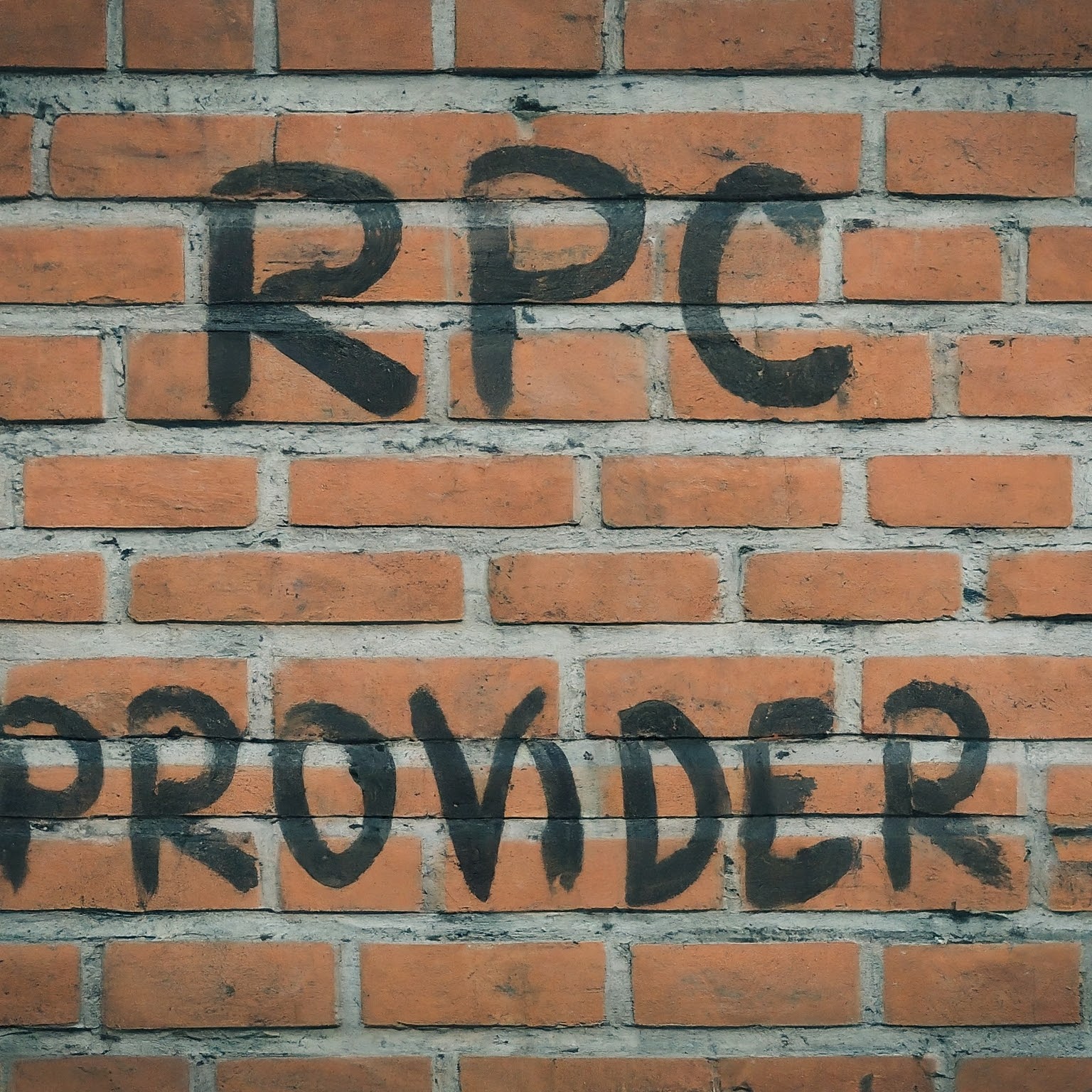
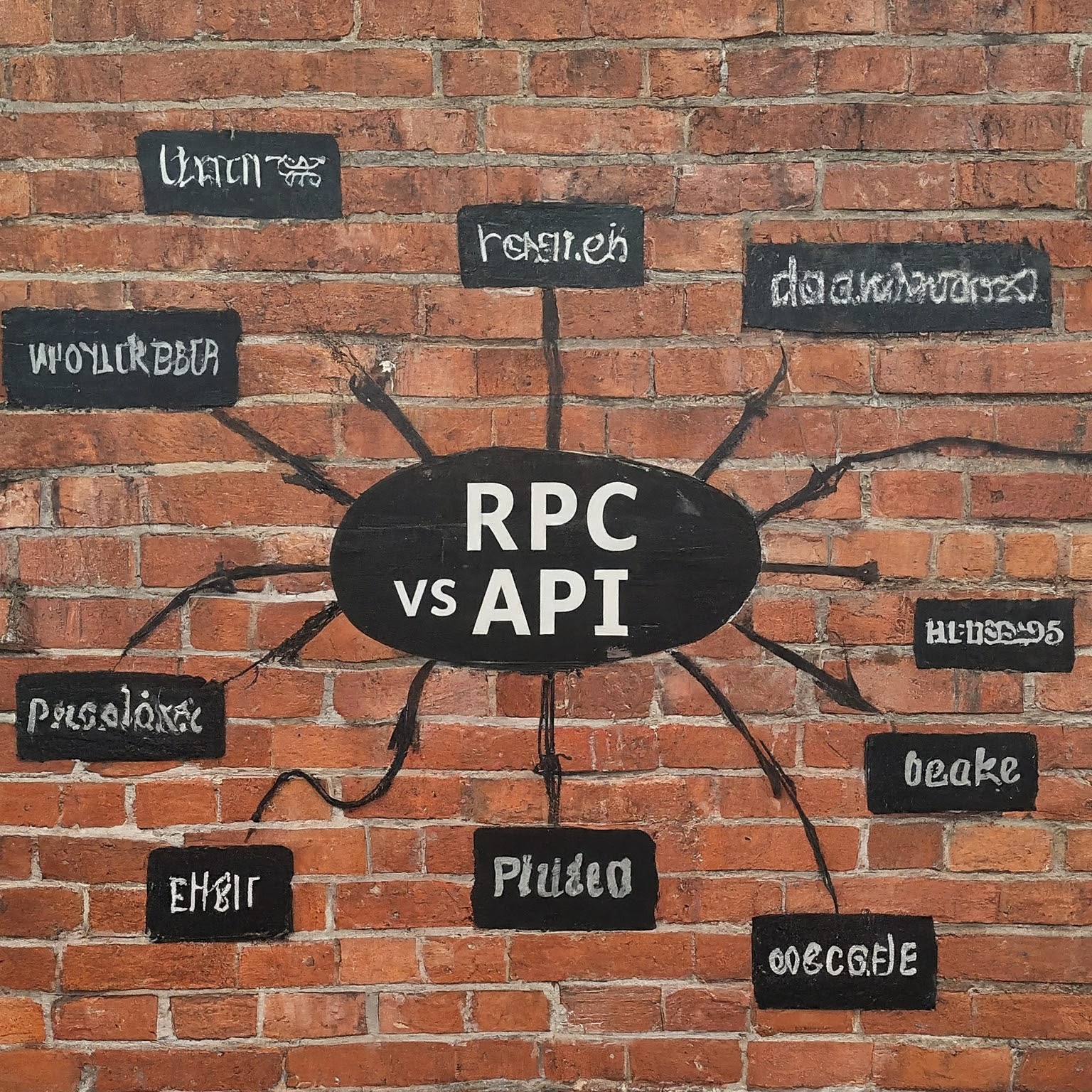
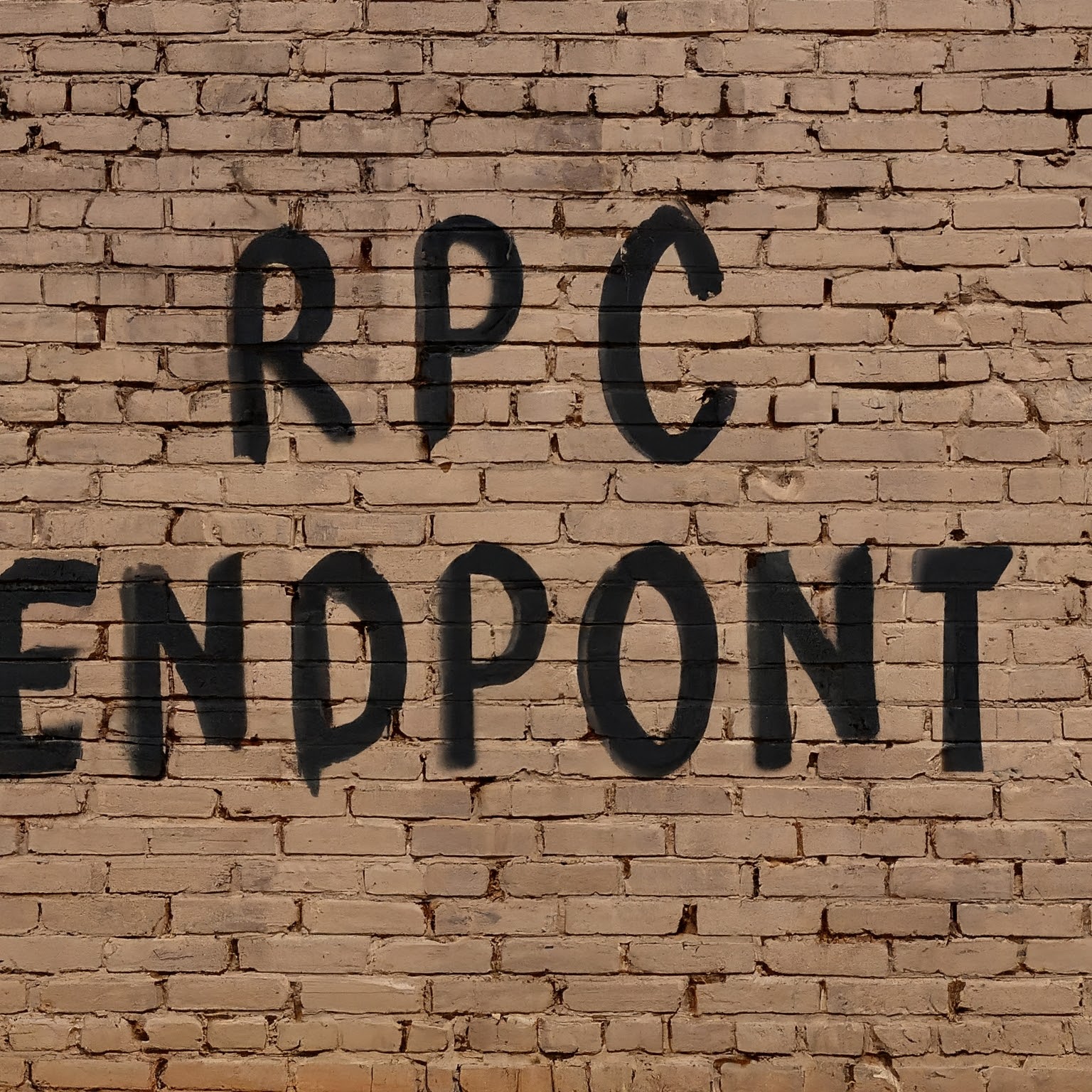

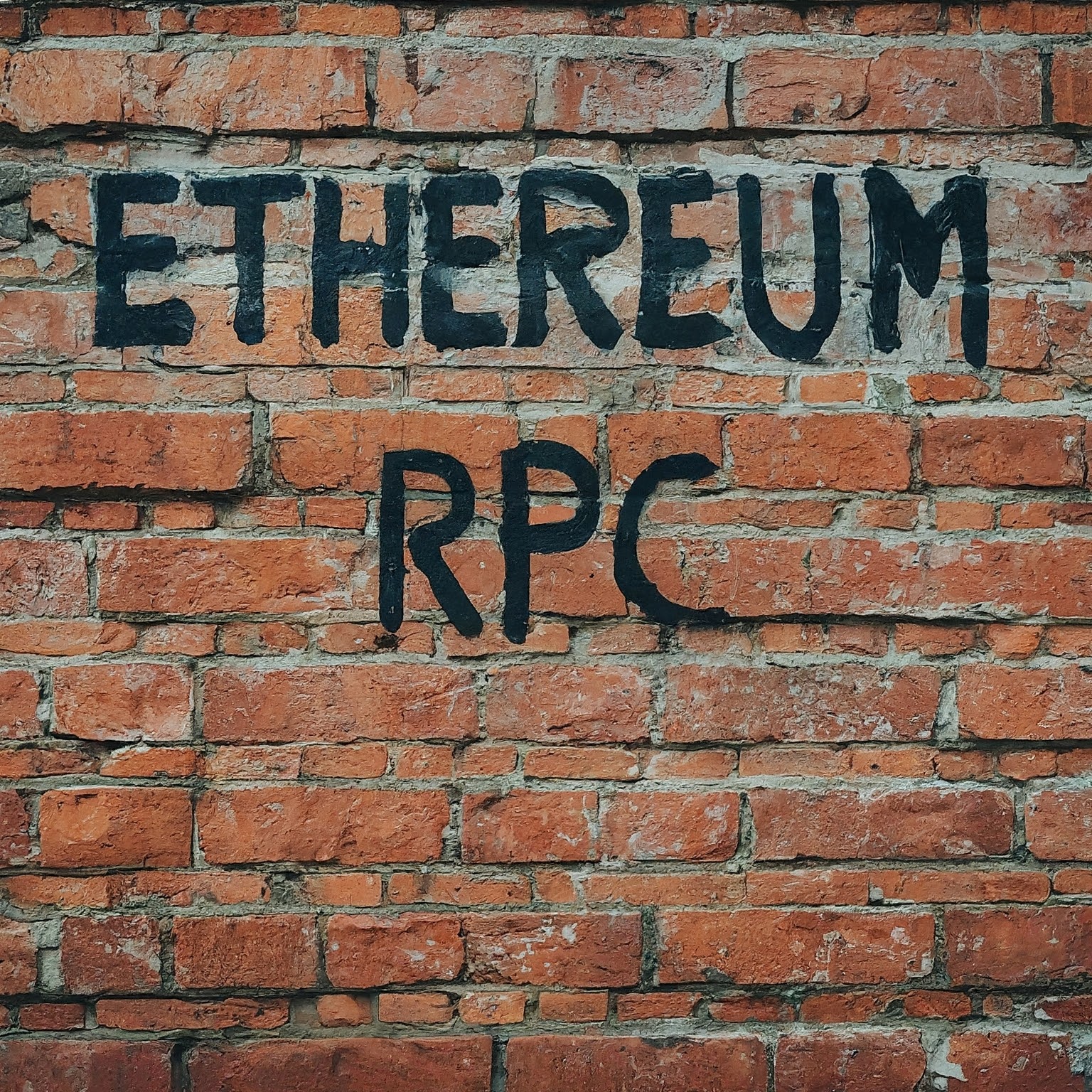
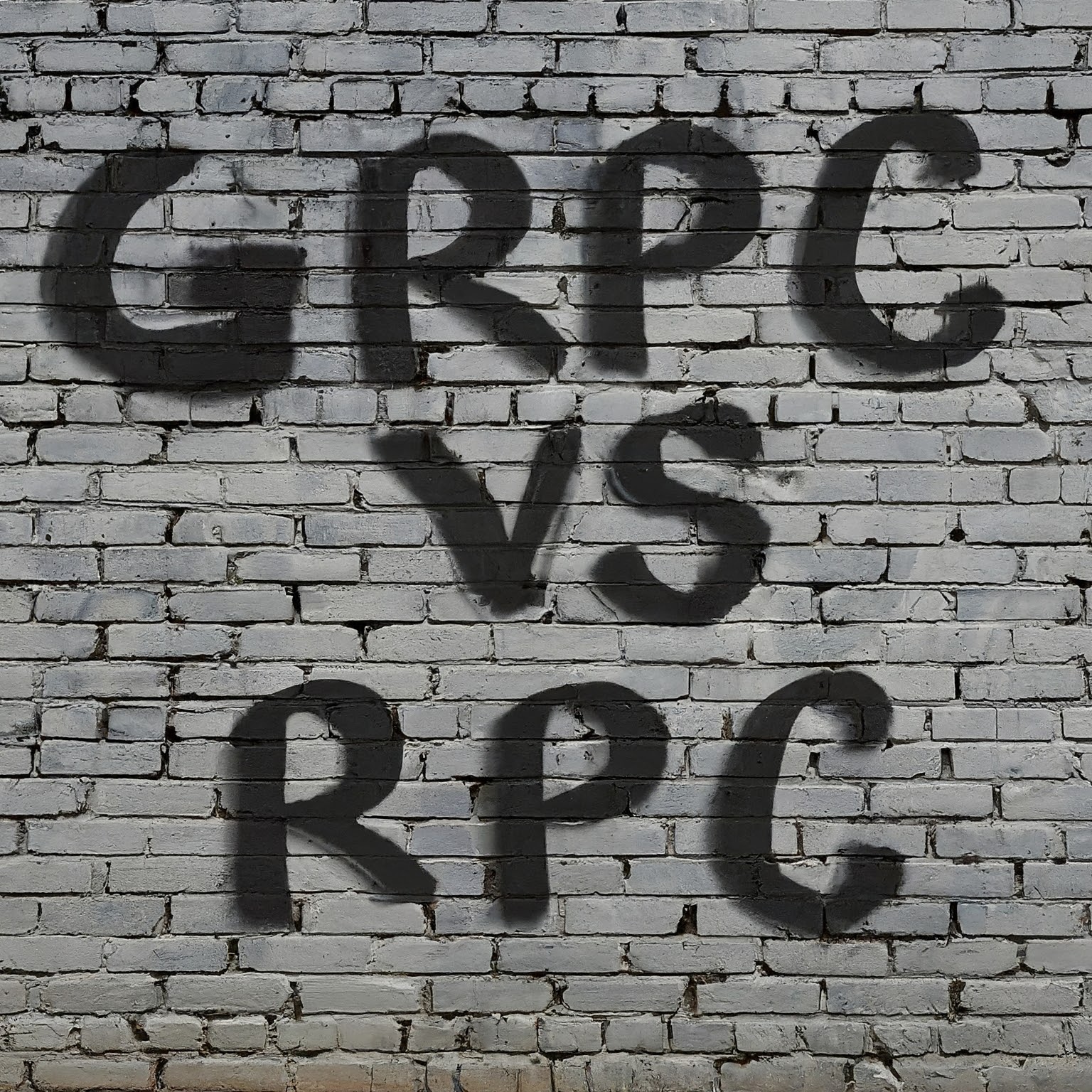
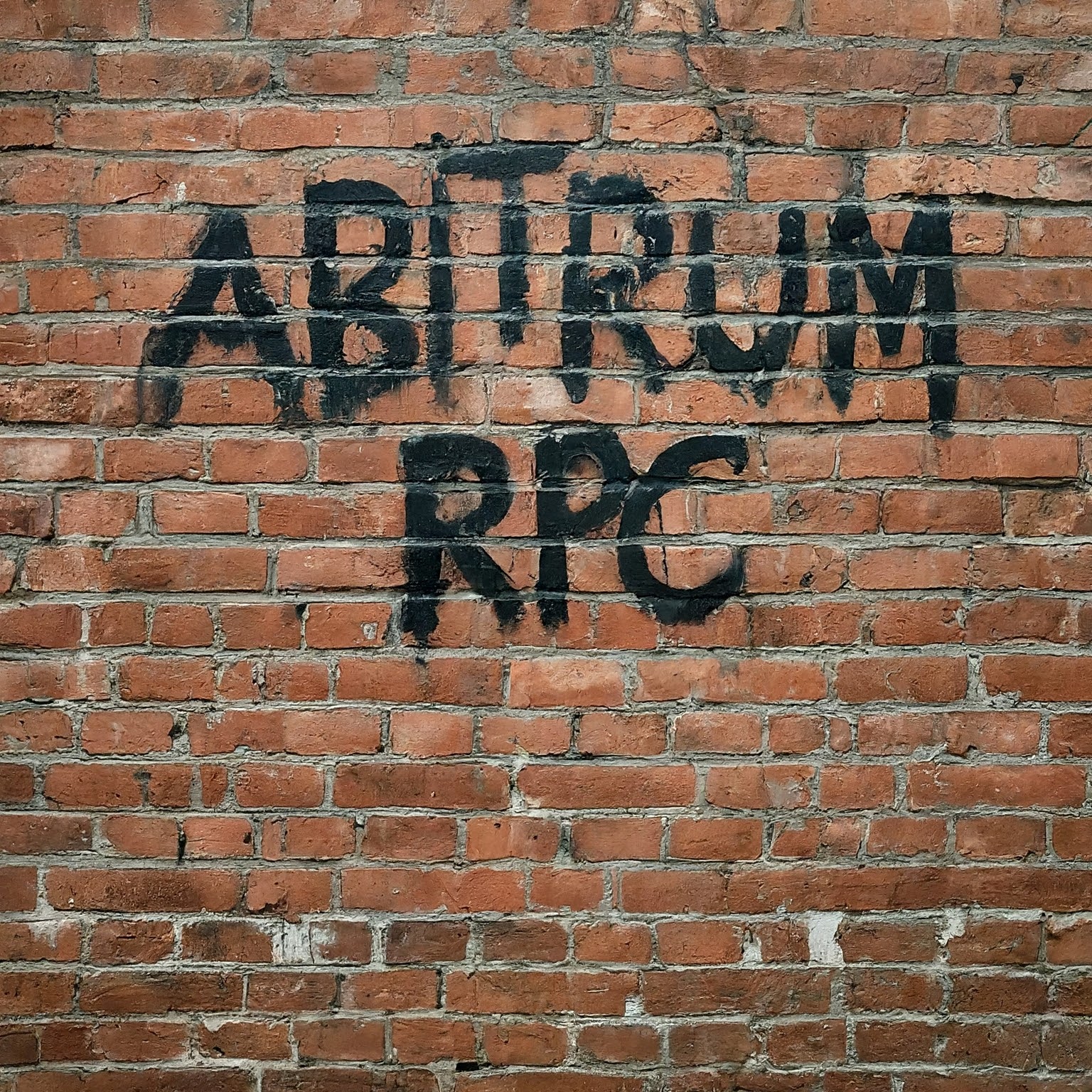

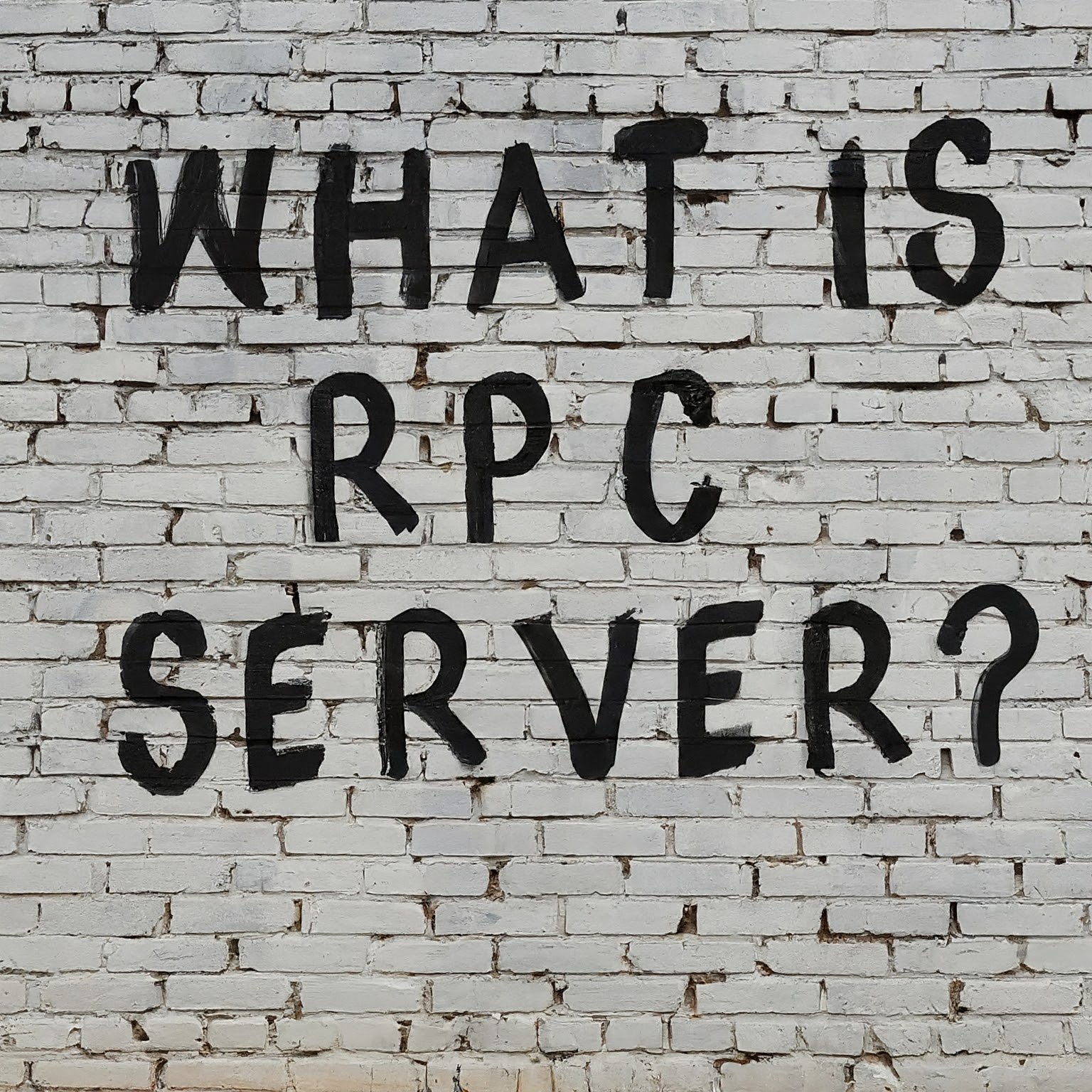

Leave a Reply
You must be logged in to post a comment.